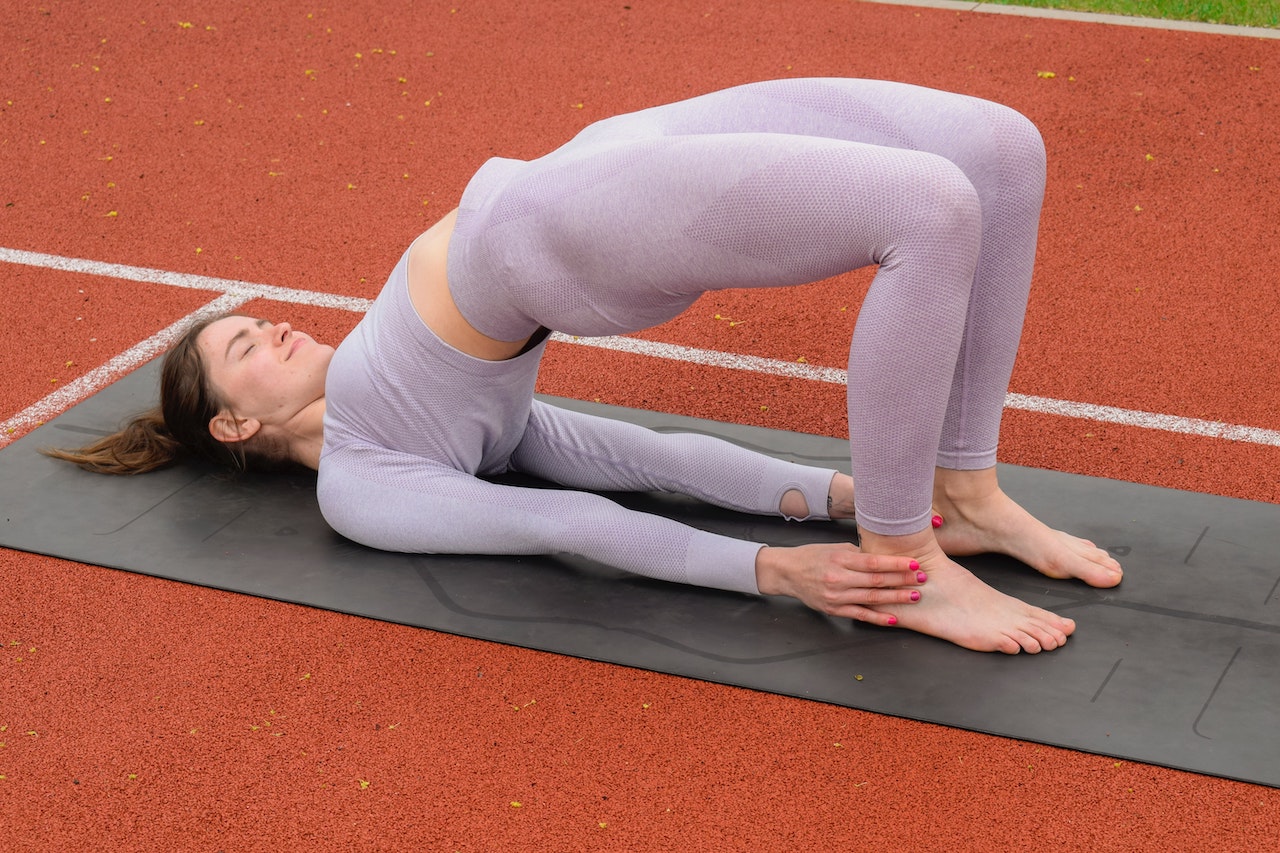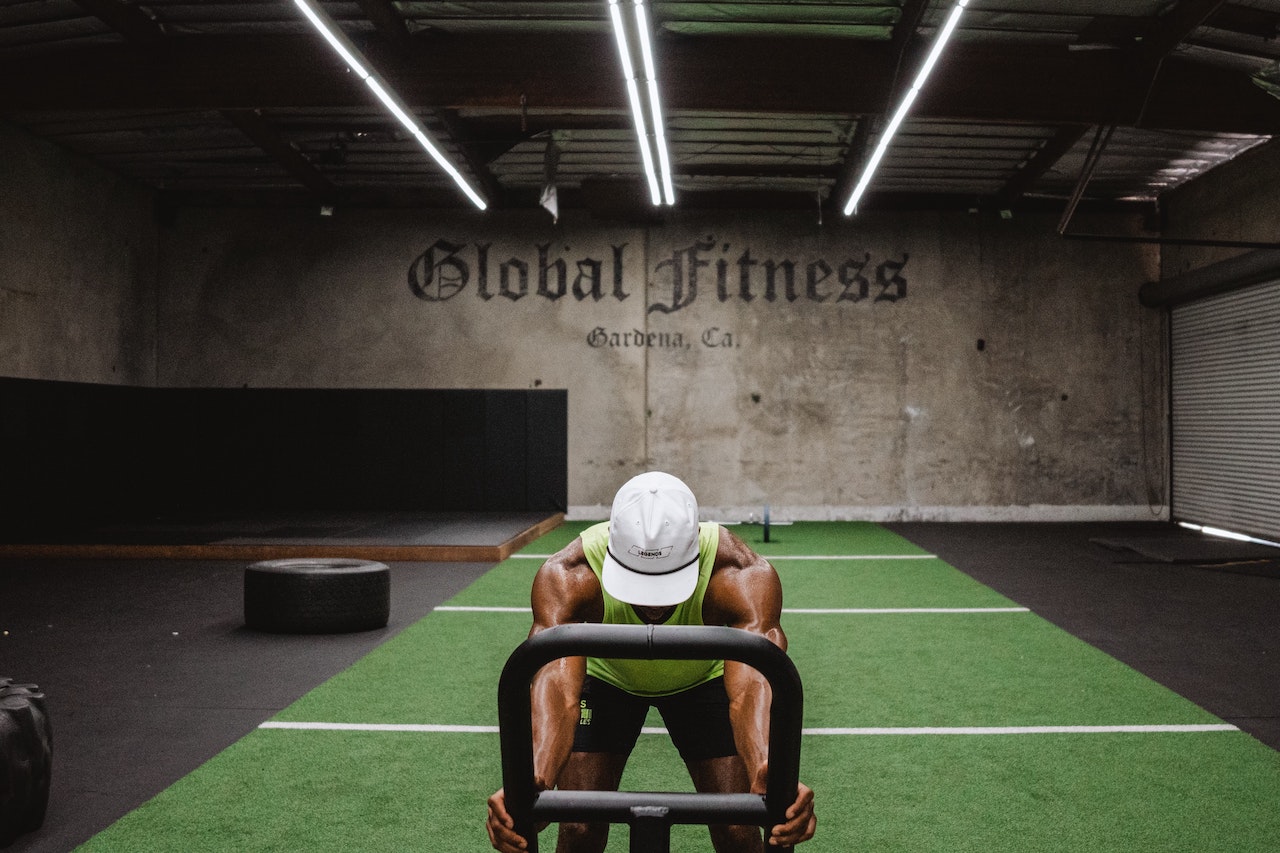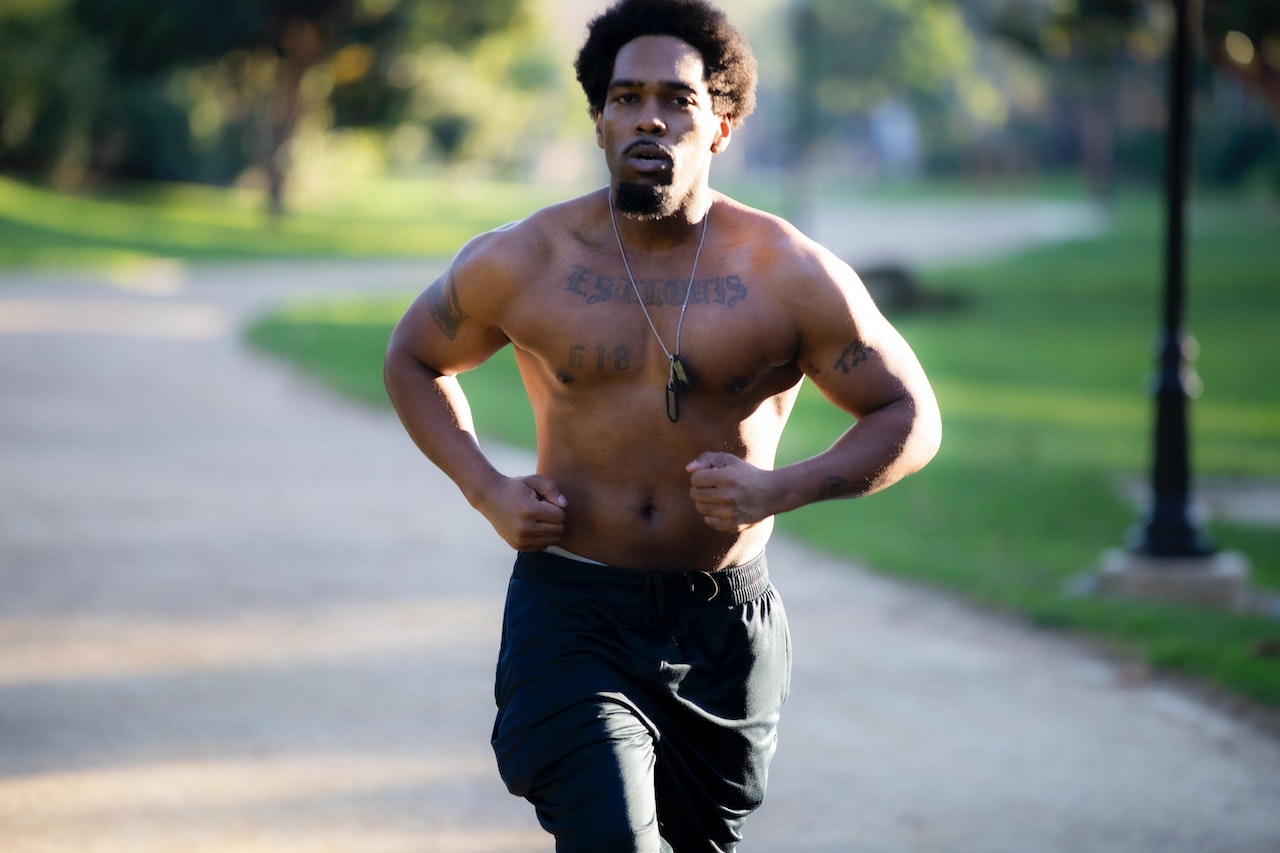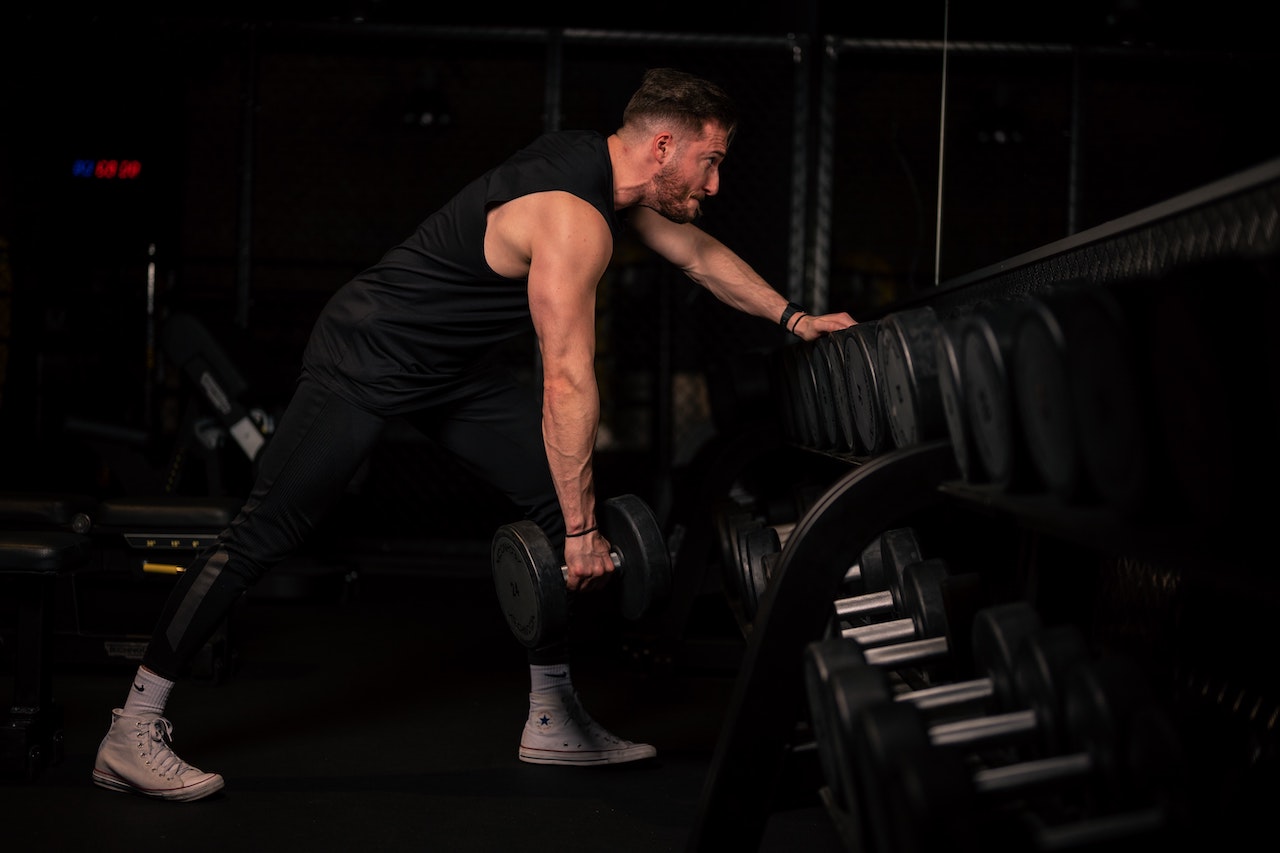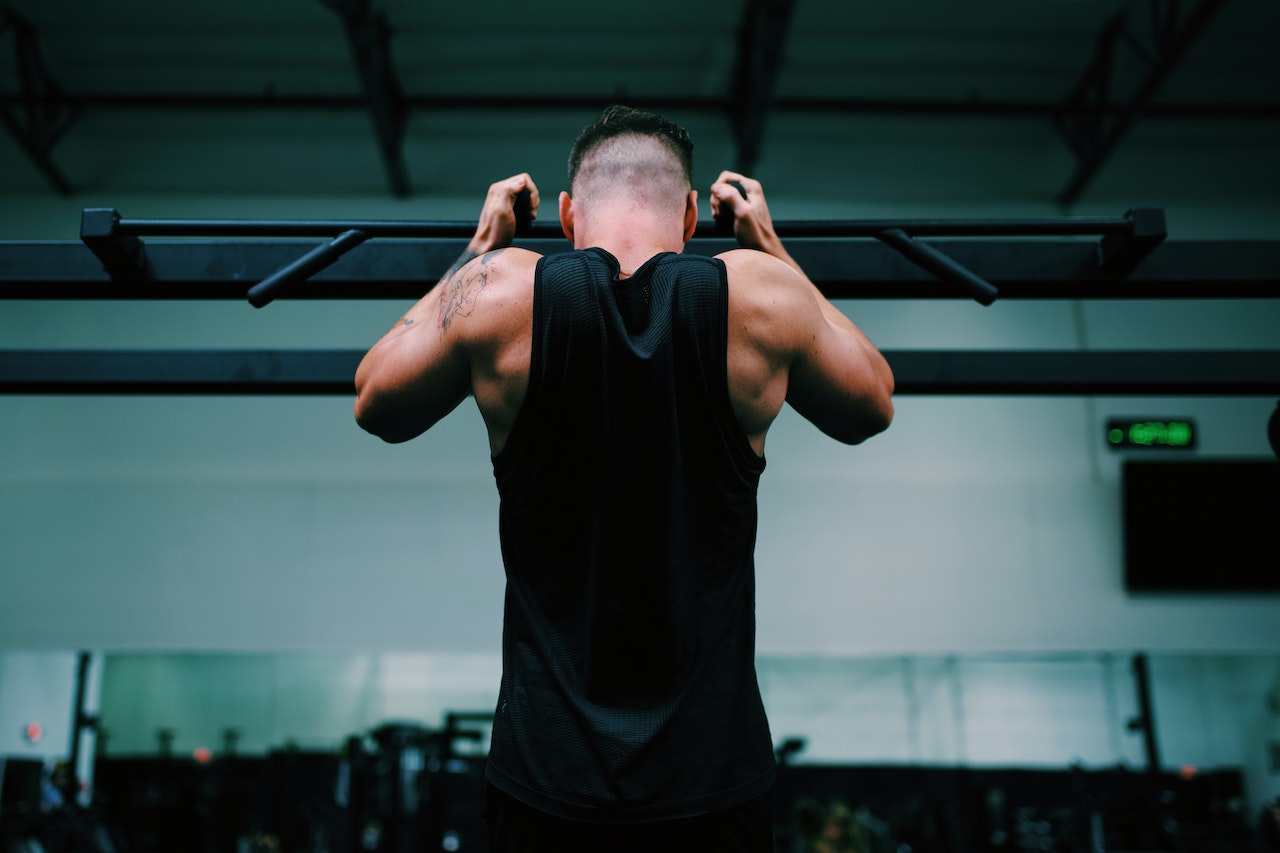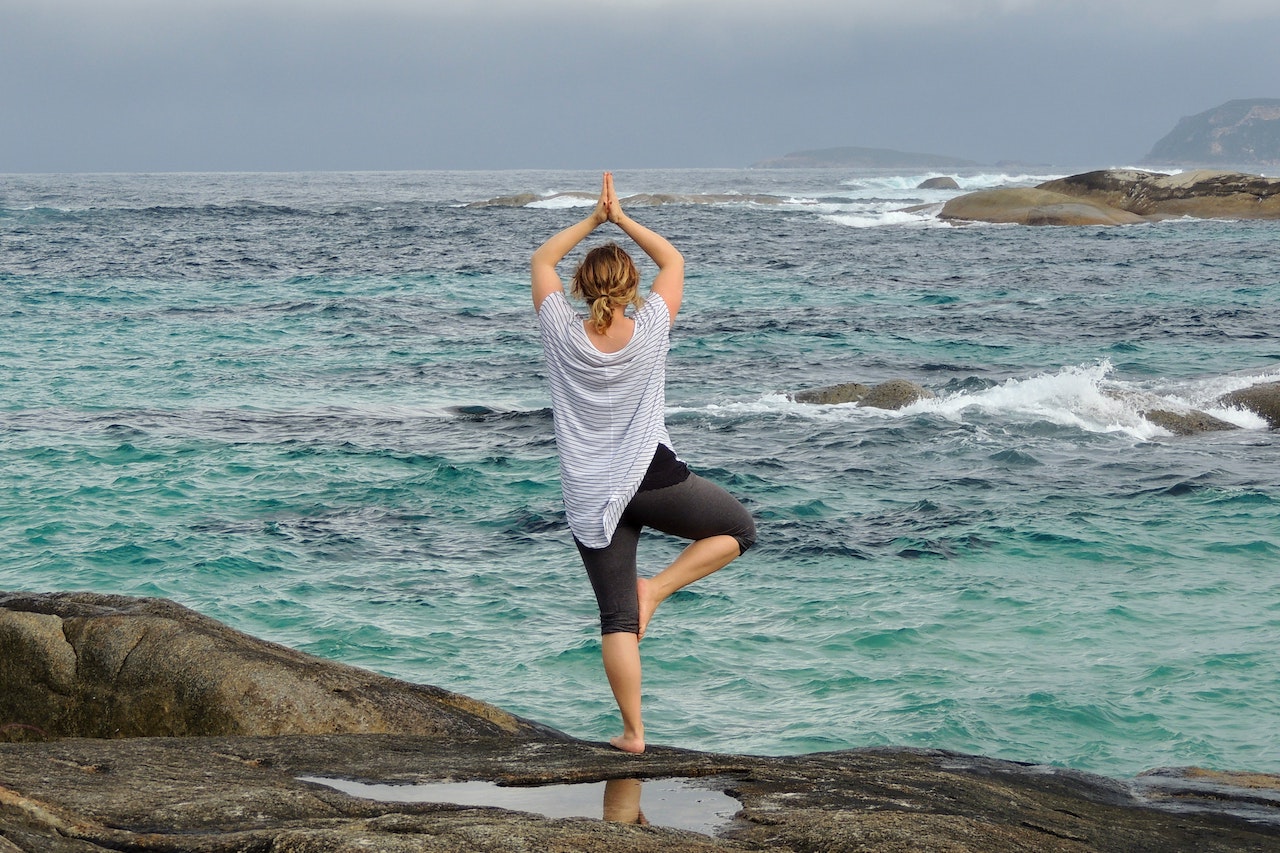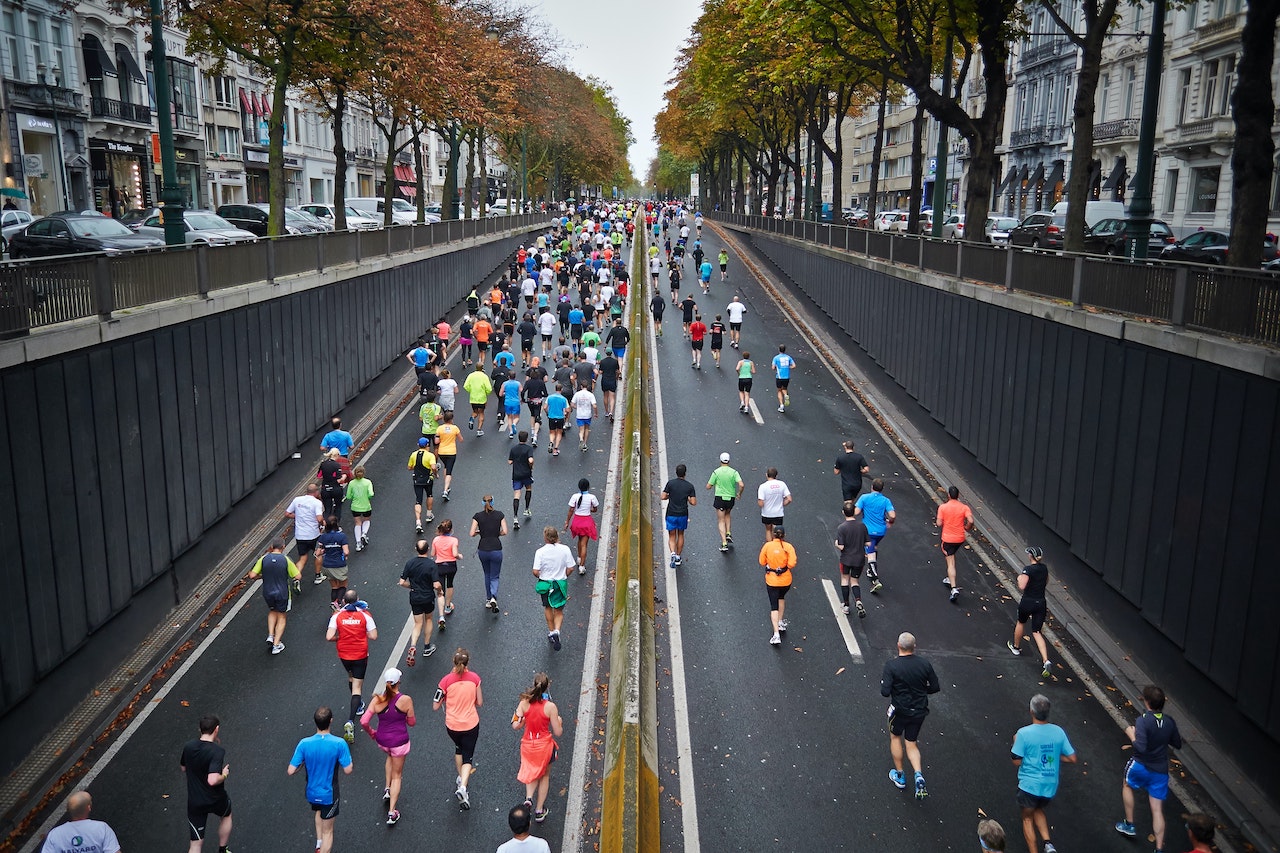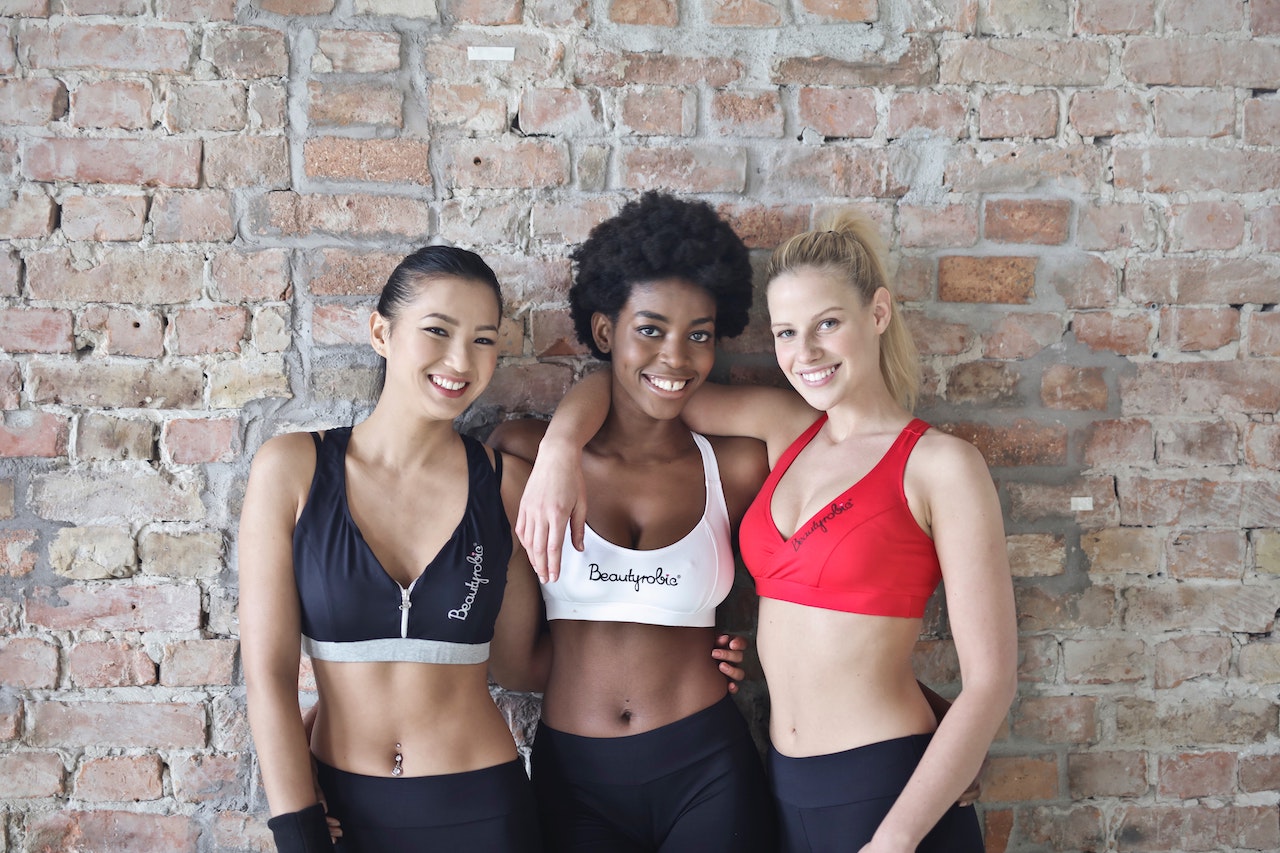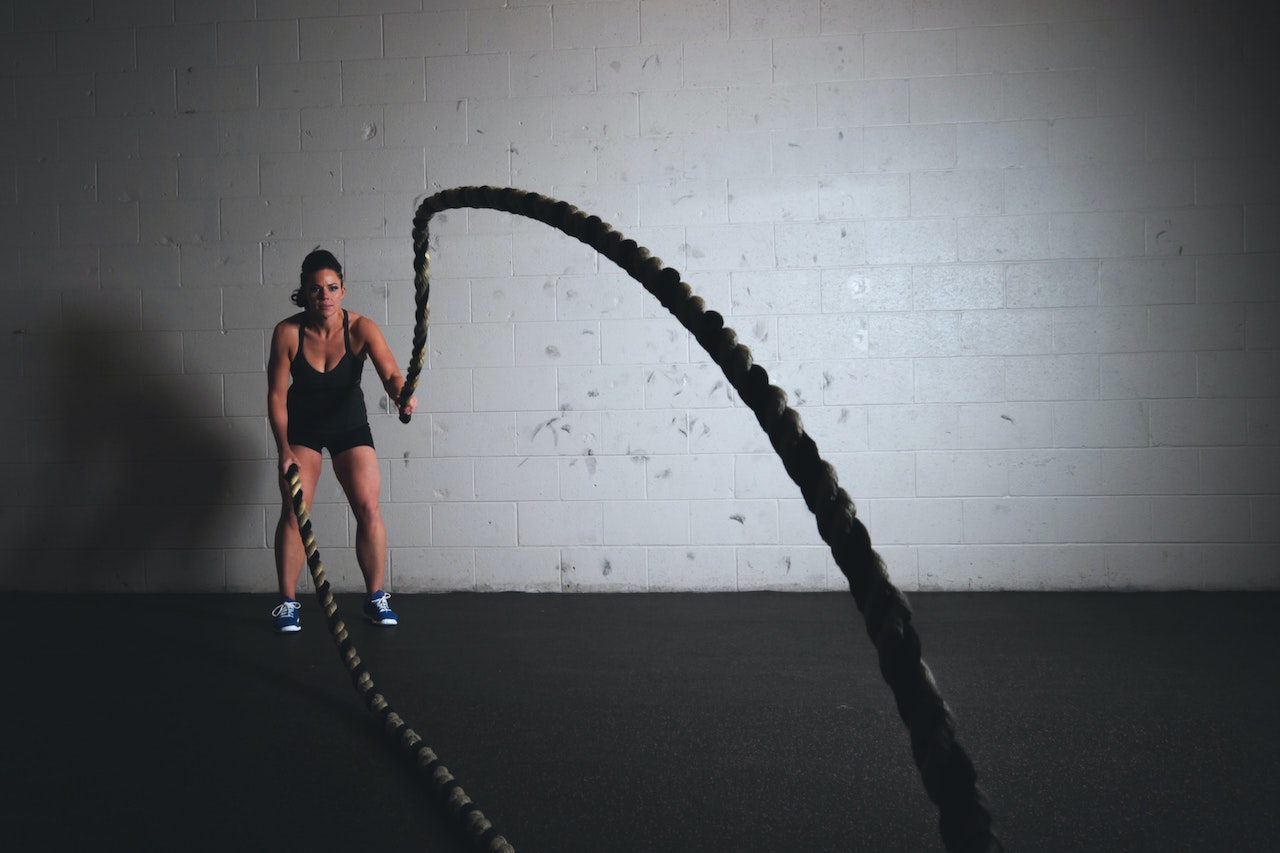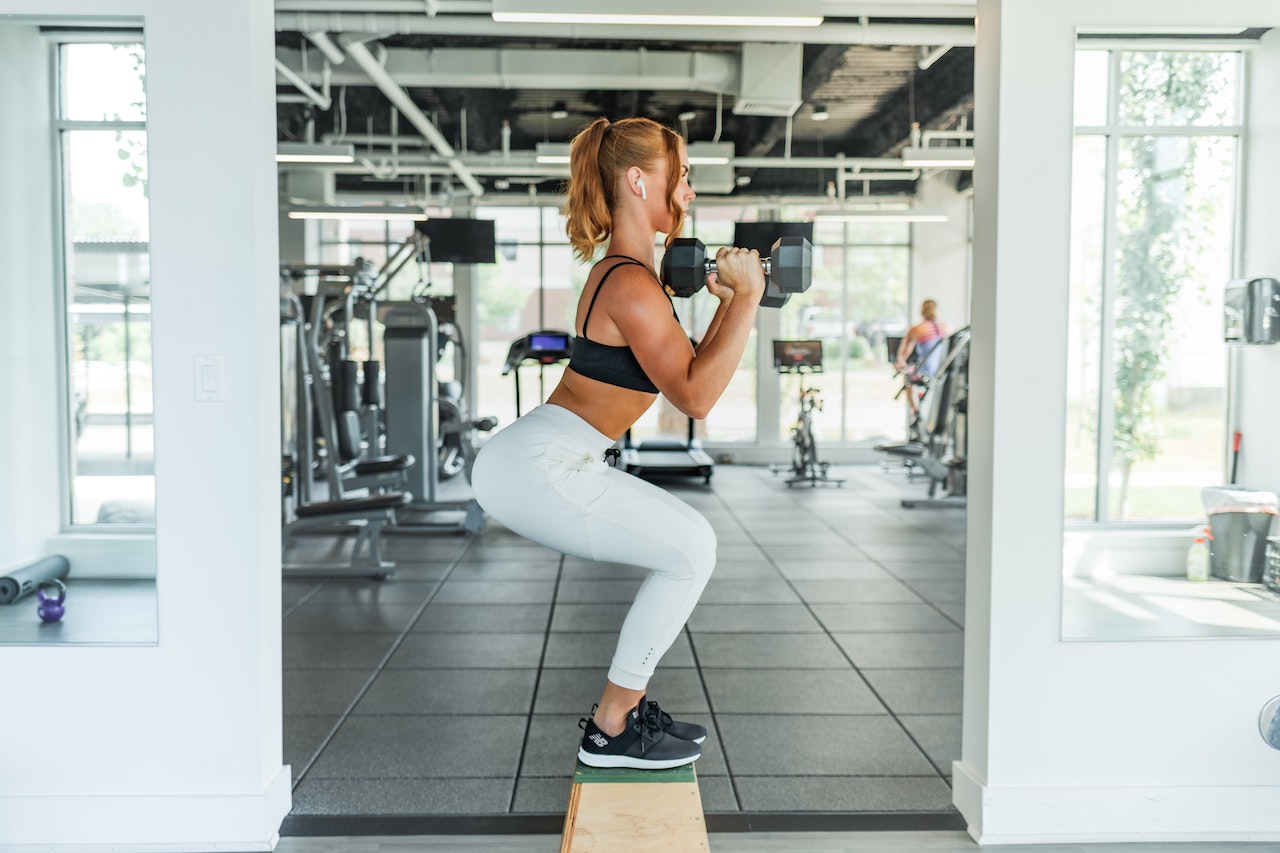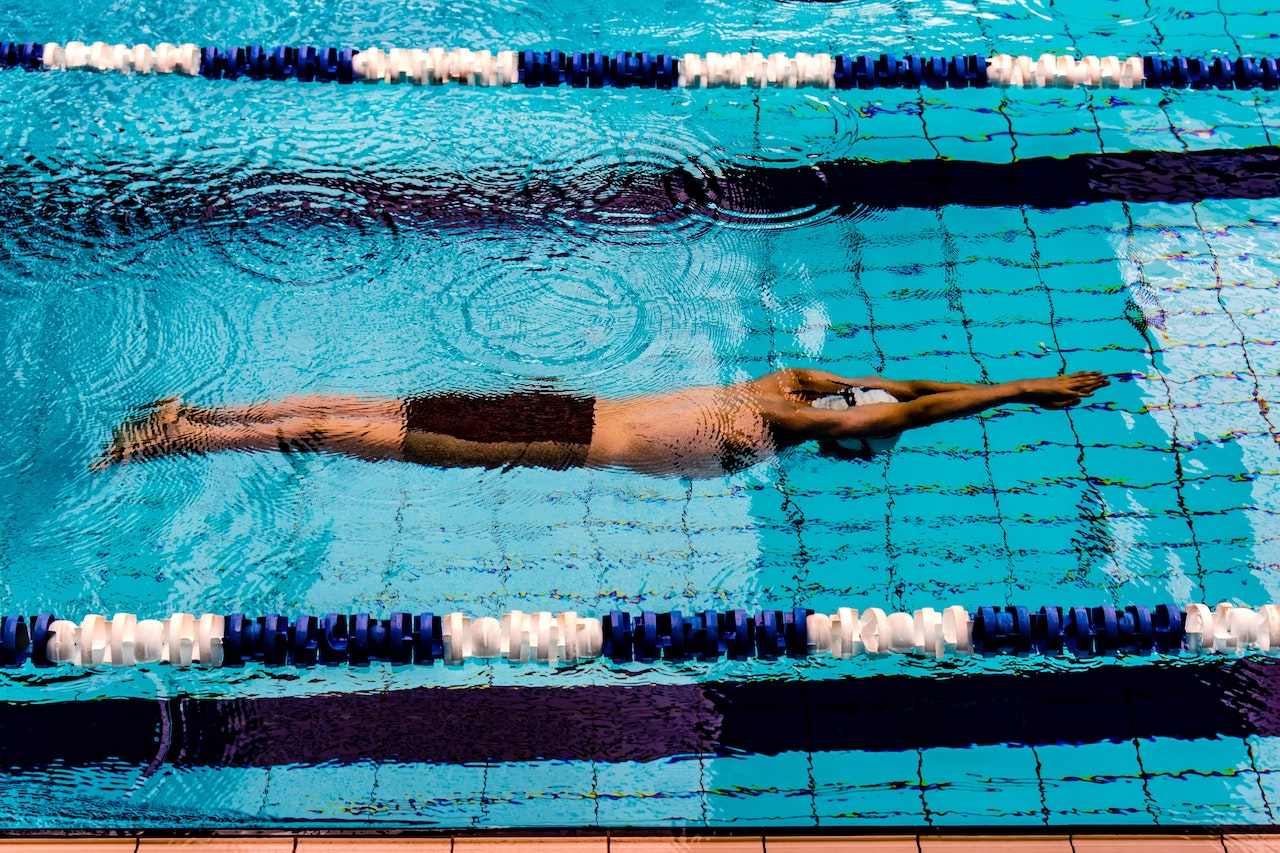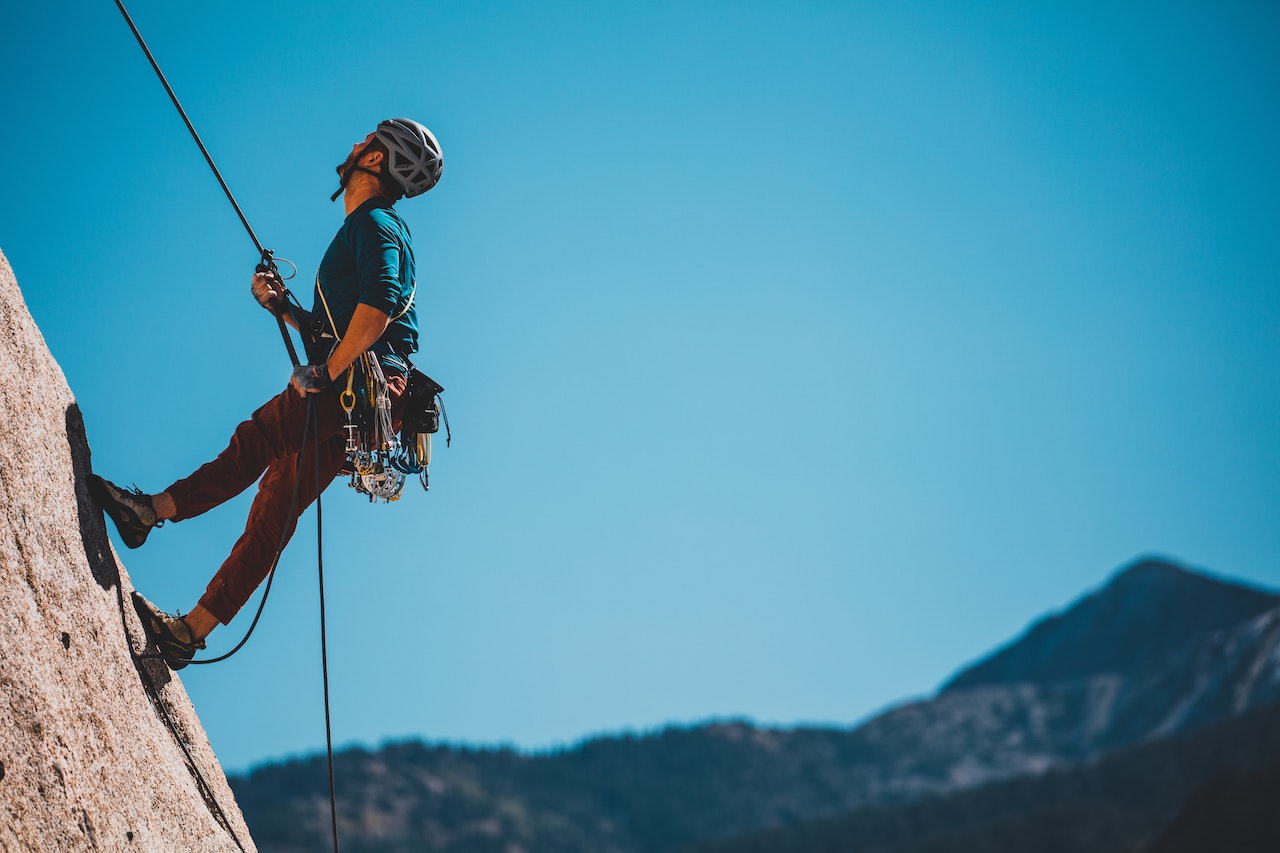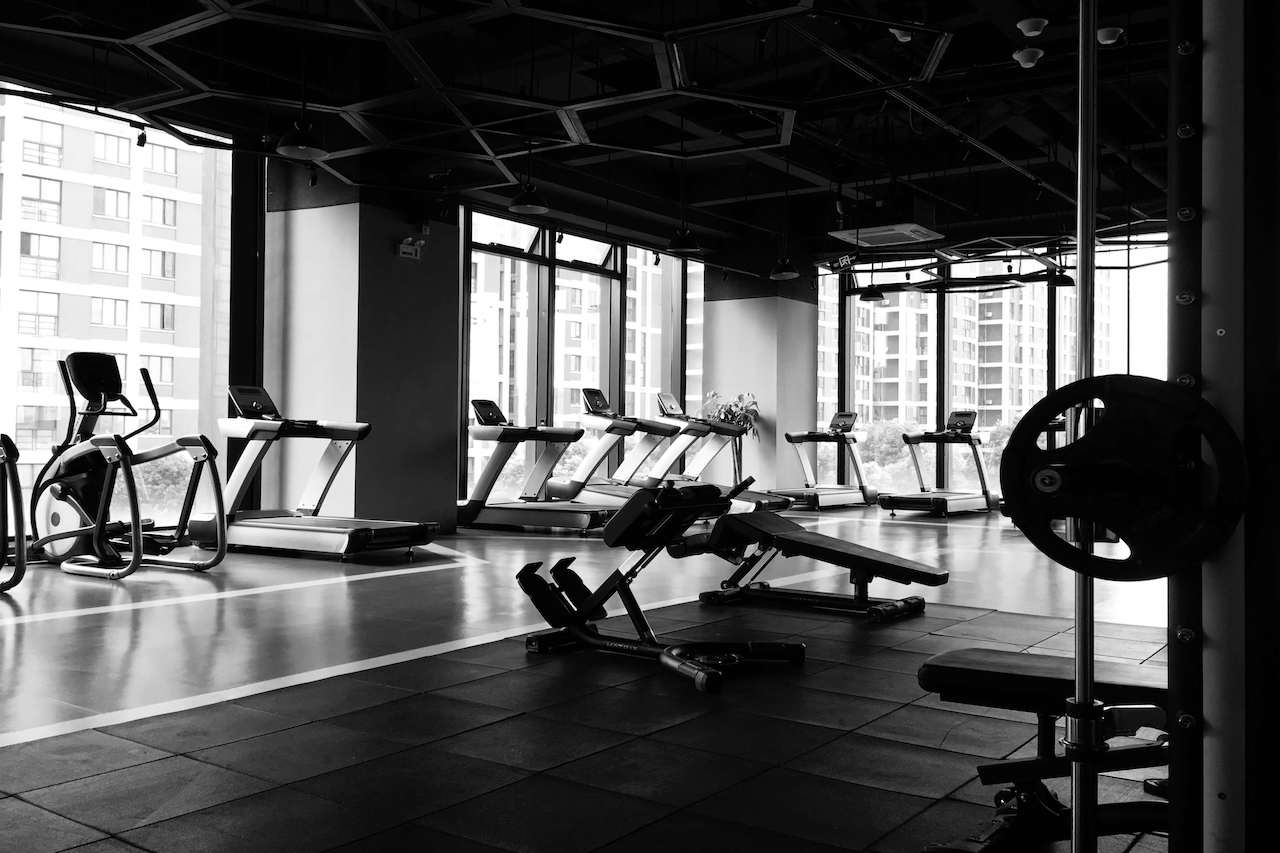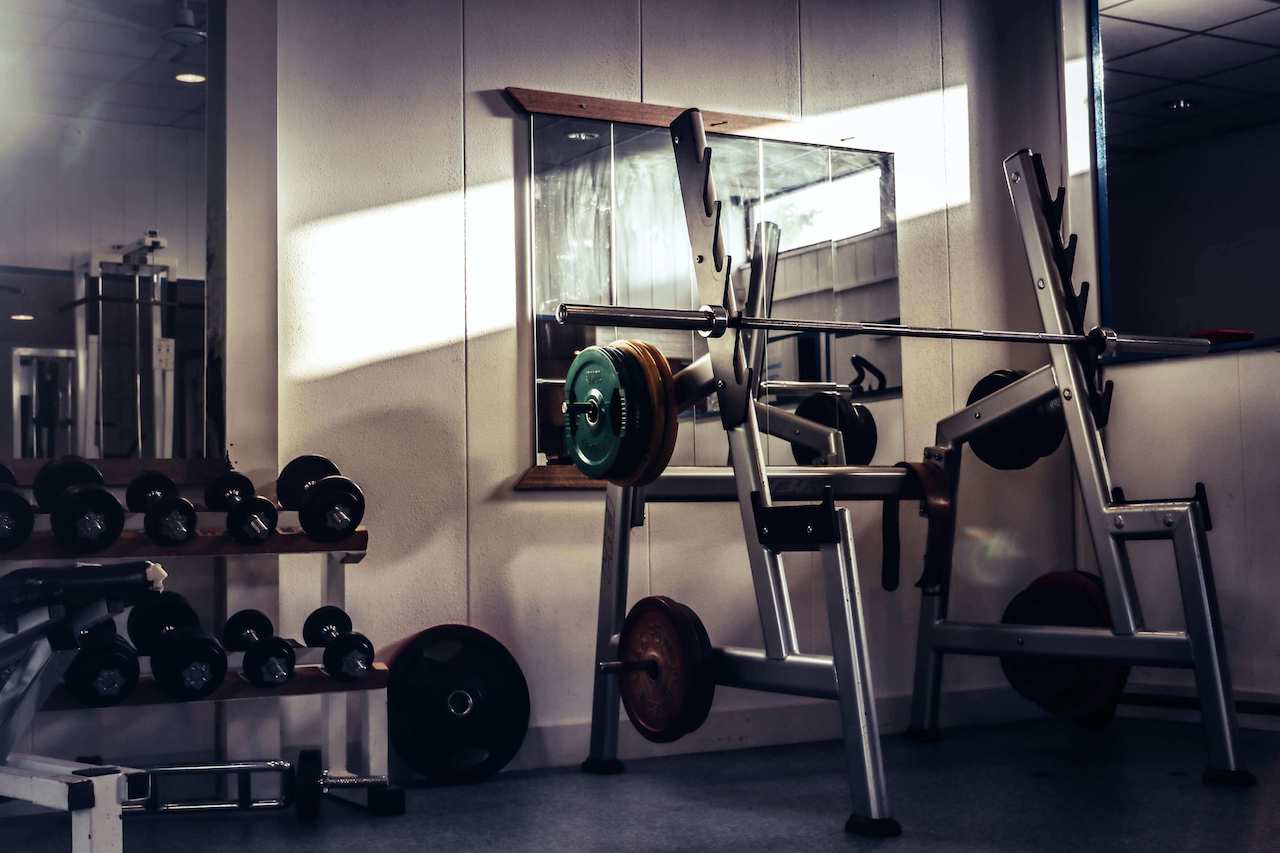many fitness enthusiasts love deep squats, but wonder whether to squat all the way to the bottom and how deep to squat for better muscles? So the question is, should we do a full squat the next time we do a deep squat? Let's take these questions and analyse some of the details of squat training for general fitness movements, we require a full range of motion, rather than doing a half range. Like if you were doing barbell curls would you do half or full. When you are doing a barbell row, you would do a full range of motion, not a half range, so the squat is the same because a full range of motion mobilises more muscle fibres.
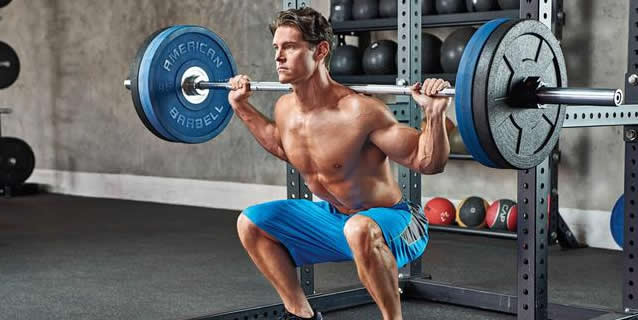
deep squats, if you can squat to the bottom, then stand up gluteus maximus, biceps and quadriceps these muscles can only be better and more involved in the movement. Doing half squats is nothing more than fear of hard work, and the other thing you are seeking in your mind is a bigger weight which is false and self-defeating.
You should know that it is not impossible to train with half squat movements, the whole movement is the main half movement, so that training, no matter what kind of movement is the way to train.
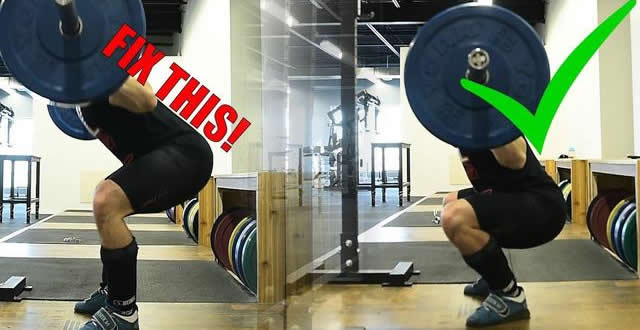
the gym saw a lot of fitness enthusiasts do half training squat, surely you can squat bigger weights, in fact, bigger weights for their muscles did not get a good stimulation, but this bigger weight on the joints more damage, the pressure will be greater, the loss is not worth the gain, prefer to use the standard action to do the full range of squat, relatively light weight. This will have a better and more desirable effect on training the muscles.

training purpose
the use of large weights is only a means to an end, do not put the cart before the horse and put the pursuit of weight at the forefront, if you are pursuing weight to compete in powerlifting competitions as the ultimate goal, then i tell you the squat must be a full squat, the weight you do up in a half squat is not considered a score.
The hip joint should be lower than the knee joint when squatting in a powerlifting competition. It is only then that you can count on completing the movement in a standard way, so whatever the purpose, you should do the full squat as the main exercise.
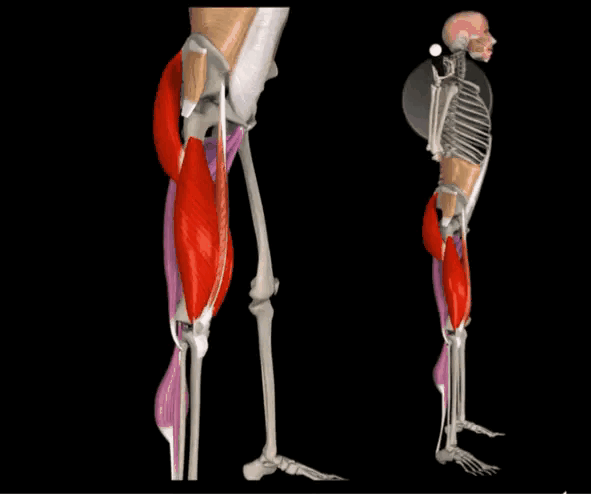
squat limitations
does everyone squat to the end of their squat? Why do some people do half squats?
The answer is no, it depends on the physical conditions, to summarise there are these people whose condition is not suitable for squatting to the end.
1, height and leg length
generally speaking, the taller the lifter, the harder it is to squat. Longer femurs (thigh bones) and torsos increase the distance the weight has to travel and also means the weight is further away from the base of support (your feet). This increases leverage and difficulty.
These problems can be partially alleviated by adopting a wider than normal squat stance. This allows taller lifters to squat deeper. However, the downside is that a wider squat position can reduce stress on the quadriceps and increase the load on the adductors or inner thighs.

2. Hip flexibility
this is a point that many fitness enthusiasts have: Tight hip muscles can hinder the depth of your deep squat. Tight hamstrings, the muscles at the back of the thigh, cross-wrap the knee and hip joints. If the muscles are tight, they will physically prevent the hips from flexing when you squat deep. If you try to squat deeper, you may even see a "Hip wink", which refers to the lowering of the pelvis and the rounding of the lower back.
Hip inflexibility and the 'hip wink' can lead to injury when you try to squat very deep, especially with heavy weights. Rounding of the lower back increases the stress on the discs and spinal ligaments.
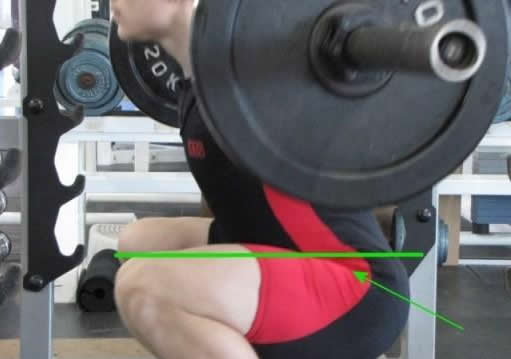
3. Joint obstruction
the knee joint is a synovial hinge joint, consisting of two bones with smooth, tough, clear cartilage covering the end of the bone and lubricated by synovial fluid. This joint opens and closes like a hinge, hence the name.
Synovial joints are prone to wear and tear. Wear and tear causes rough surfaces to form within the joint, which can affect range of motion and manoeuvrability. If you have been training for a long time, or are a little older, your knee joint may not be able to squat deep. In addition, a previous injury to the knee may mean that deep squats are no longer possible or desirable, so all must protect the joint.
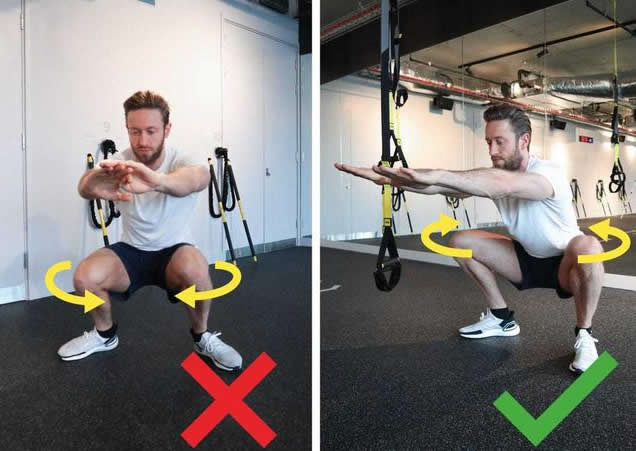
4. Weight
all three of the reasons cited above for hindering the full squat are difficult to avoid, the only low reason is that too much weight is manageable. Many fitness enthusiasts do not squat deep enough when squatting deep. After all, if you don't squat deep enough, the weight won't move too much and you can do more reps.
In most cases, this is a form of self-deception; squatting deeper with lighter weights will work better, and sacrificing valuable correct movement in order to squat heavier is more than worth the cost.
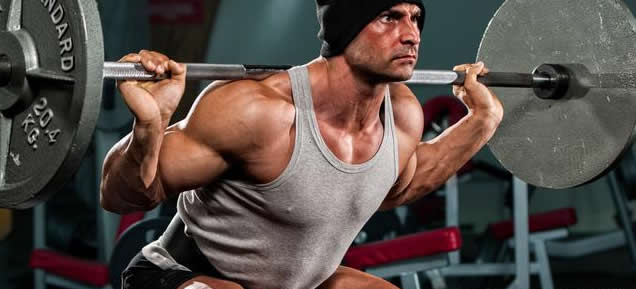
these factors that affect the full squat are why some people can squat deeper than others and why some people can't do a full full squat. Some factors, such as height, leg length and knee health, cannot be changed.

but bear in mind that there is no point in doing a full squat if your own condition does not allow you to do it. Instead, just squat the deep squats that will give you the desired results and the lowest risk of injury. There's no need to use too heavy a weight, don't reduce your reps, but don't squat so deep that you feel intimidated either. A back injury caused by blinking hips may prevent you from doing squats at all. In short: Squat all the way to the bottom if you can, within your means!


